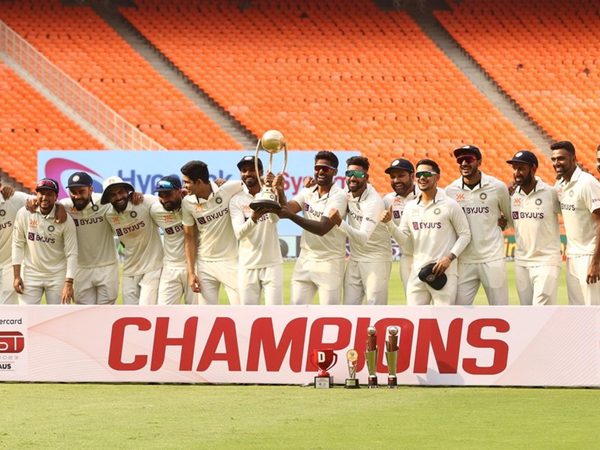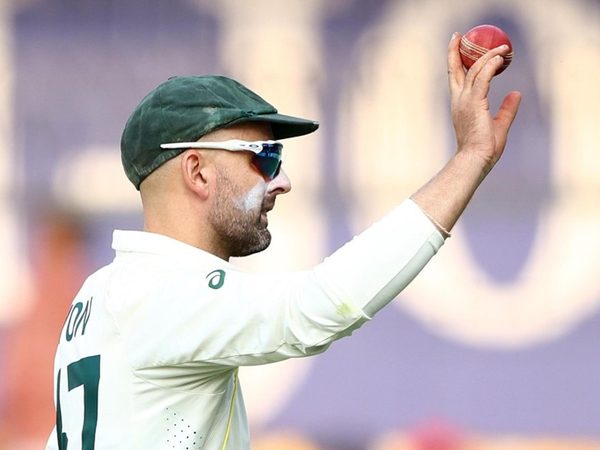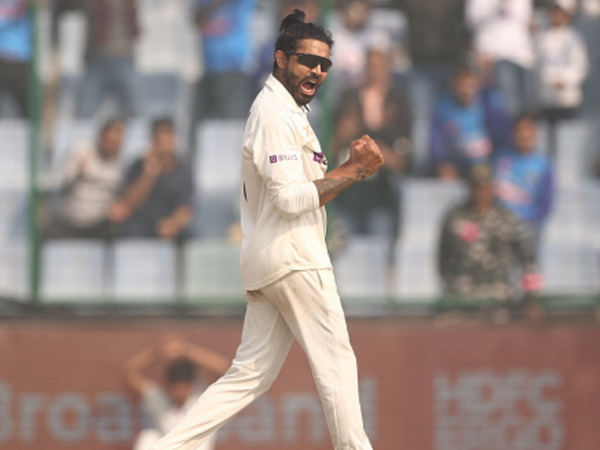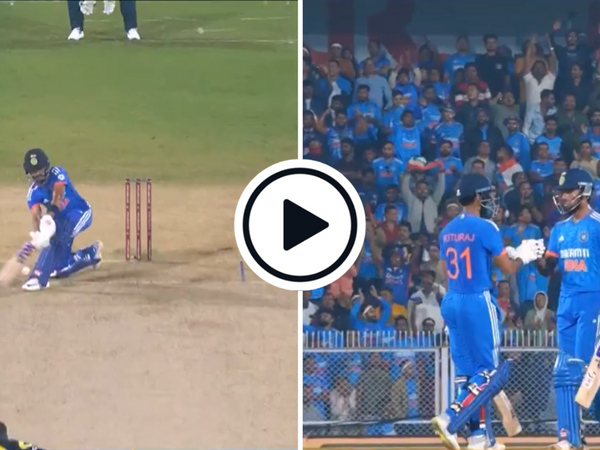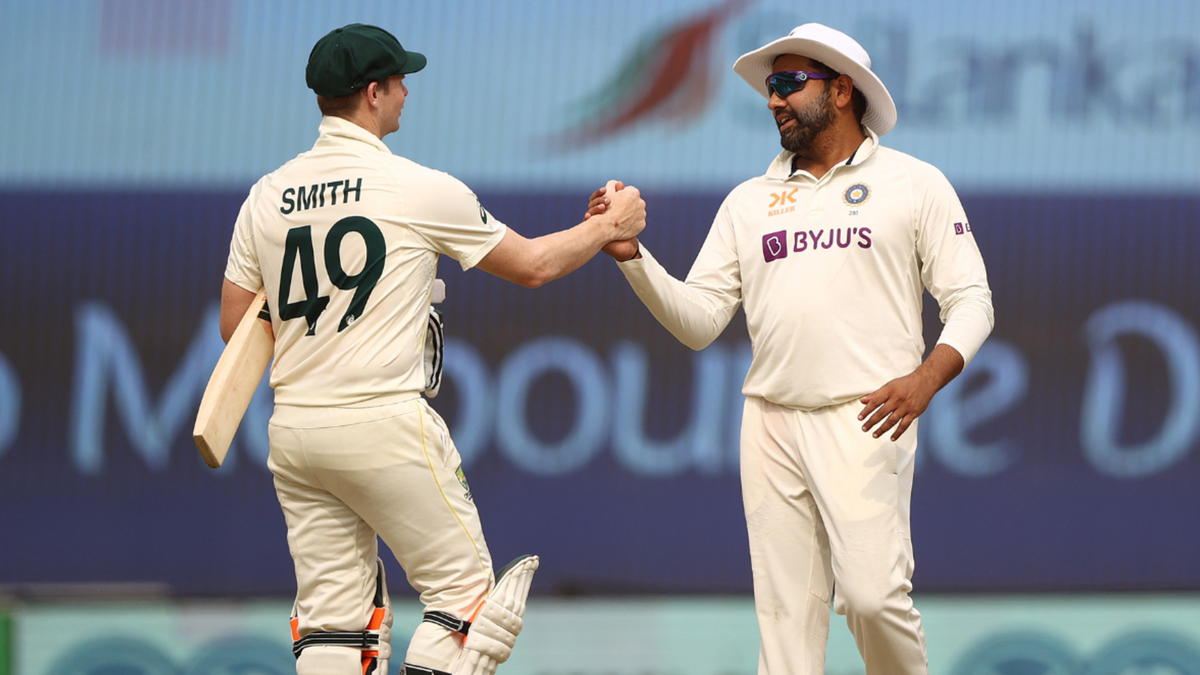
India continued their unbeaten series run at home – which now stretches to over a decade – as they beat Australia 2-1 in the Border Gavaskar Trophy. Here are the key takeaways from the marquee series.
India remain unbeatable at home
Australia came into the series as the No.1 Test side in the world. While a series win in the most difficult away environment to play Test cricket was always going to be a tough ask, the first two Test matches obliterated any thoughts of Australia challenging India’s series record at home.
The collapses Australia fell to in Nagpur and Delhi brought attention once more to the adequacy of some Indian pitches for Test cricket. While Australia’s batting inadequacies could be called upon to justify the extent of the spin each of those pitches generated, Indore was different. Given a poor rating by the ICC, the pitch – along with disciplined batting from Usman Khawaja and Travis Head – allowed Australia back into the series. Nevertheless, the superiority of India’s bowlers on home soil shows how far the gap is between them and all other nations when playing in India.
At this point, a visiting side securing a series victory in India feels further away than ever.
Australia look strong ahead of an English summer
Scoreline aside, there were definite positives to take out of the series from an Australian perspective. Five of their batters registered at least one score of fifty-plus, with two scoring centuries. Cam Green’s maiden ton showed why he could be the next Test match all-round superstar, and Travis Head also had a promising run of scores opening the batting. While there was no breakout series in Asia for Marnus Labuschagne, he finished second in Australia’s run-scoring charts and was there at the end in both of the final two matches.
The World Test Championship final and Ashes series in England will present a different challenge. But, if they can get their pack of fast bowlers uninjured and on the field at the same time, there are few weaknesses to pick in their side.
Khawaja steps up again
While Khawaja’s century in Ahmedabad completed his redemption arc, his performance in Indore was arguably more impressive. Both sides looked moments away from collapse for the majority of the Test, but Khawaja led the way in the first innings to stabilize Australia’s first innings. His 60 was the highest score anyone managed in the Test and set Australia up to take a crucial first-innings lead.
He joins an elite club of visiting openers who managed to succeed in India. A good series in England could secure his legacy among Australia’s opening elite.
End of the road for Warner?
Coming into the series Warner was under pressure. A feast or (mostly) famine home Test summer had left some wondering at what point the 36-year-old would call time on his international career. Failures in his first three innings in India had done nothing to keep such calls at bay, before an elbow fracture and concussion enforced an ending to his tour.
With Khawaja’s strong performances making Warner’s lack of runs more glaring and Head’s success at the top of the order, Australia do have options to replace Warner at the top. Combining this with Warner’s poor record in England, it wouldn’t be a complete surprise if Warner doesn’t make the trip, through one way or another.
Pant’s absence leaves a massive hole for India
From his eccentricities in the field to his brilliance with the bat, India really missed Rishabh Pant throughout the series. Keeping to R Ashwin and Ravindra Jadeja on turning wickets is a huge challenge and KS Bharat held up admirably behind the stumps. His leg-side catch to dismiss Green in Ahmedabad was brilliant, as was the one which brushed Pat Cummins’ off stump. But, some cracks showed when he dropped a couple of simple chances on the first morning in Ahmedabad.
Where Pant’s absence was most keenly felt, however, was with the bat. Apart from 44 on a flat deck in the final Test, Bharat failed to pass 25. While four Tests is somewhat of an unfair judgement on Bharat, India should be anxious to get their swashbuckling counter-attacking powerhouse back in as soon as his recovery allows.
Shubman Gill is the real deal
Another second Test hundred in three matches, both coming in Ahmedabad, confirmed Gill as ready to take over the mantle at the top of India’s order. He had scored 128 off 235 balls by the end of day three, compared to the 152 off 361 managed by the rest of India’s batters at this point. The fluency with which he batted and the intent he showed not only highlighted his future potential, but also more than justified his selection over KL Rahul.
While Rahul can count himself unlucky insofar as he batted on two of the most difficult decks of the series, his numbers have been in decline for a while. He hasn’t scored a Test century for well over a year and only has one fifty in that time. With Gill buying himself what looks to be an extended run at the top, the route back for Rahul seems to be tricky – at least in the short term.
Australia’s missed opportunity
A turgid draw ended the series on a tepid note. Both sides might feel they should’ve taken more from the series, but Australia missed somewhat of an opportunity. Having taken one of their chances, had they taken the other two that went begging they could’ve left India with more than just a conciliatory victory.
A half-decent batting performance in the second innings in Delhi could’ve given them more opportunity to force an India collapse. In the event, their overzealous use of the sweep shot curtailed even a slight chance of a win. While the more difficult of chances, settling for the draw in Ahmedabad rather than trying to force a result felt slightly unambitious. Batting at 2.23 an over on the second day after plodding along in their first innings was uninspiring at best. Manufacturing a result on such a placid surface was unlikely, but there was little to lose in trying. If teams are to start winning in India, the place to start seems to be getting slightly braver, rather than accepting a draw as an achievement.

